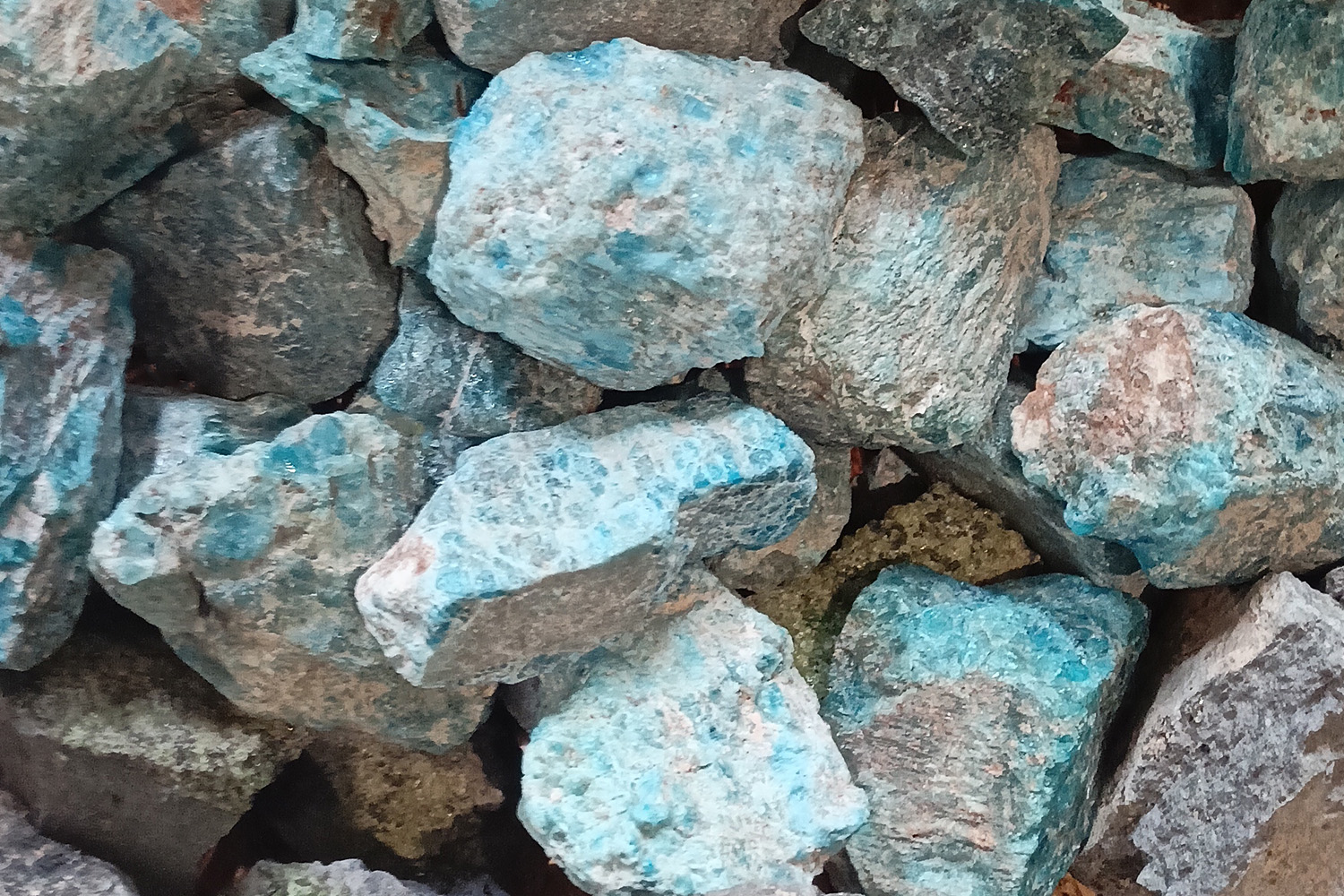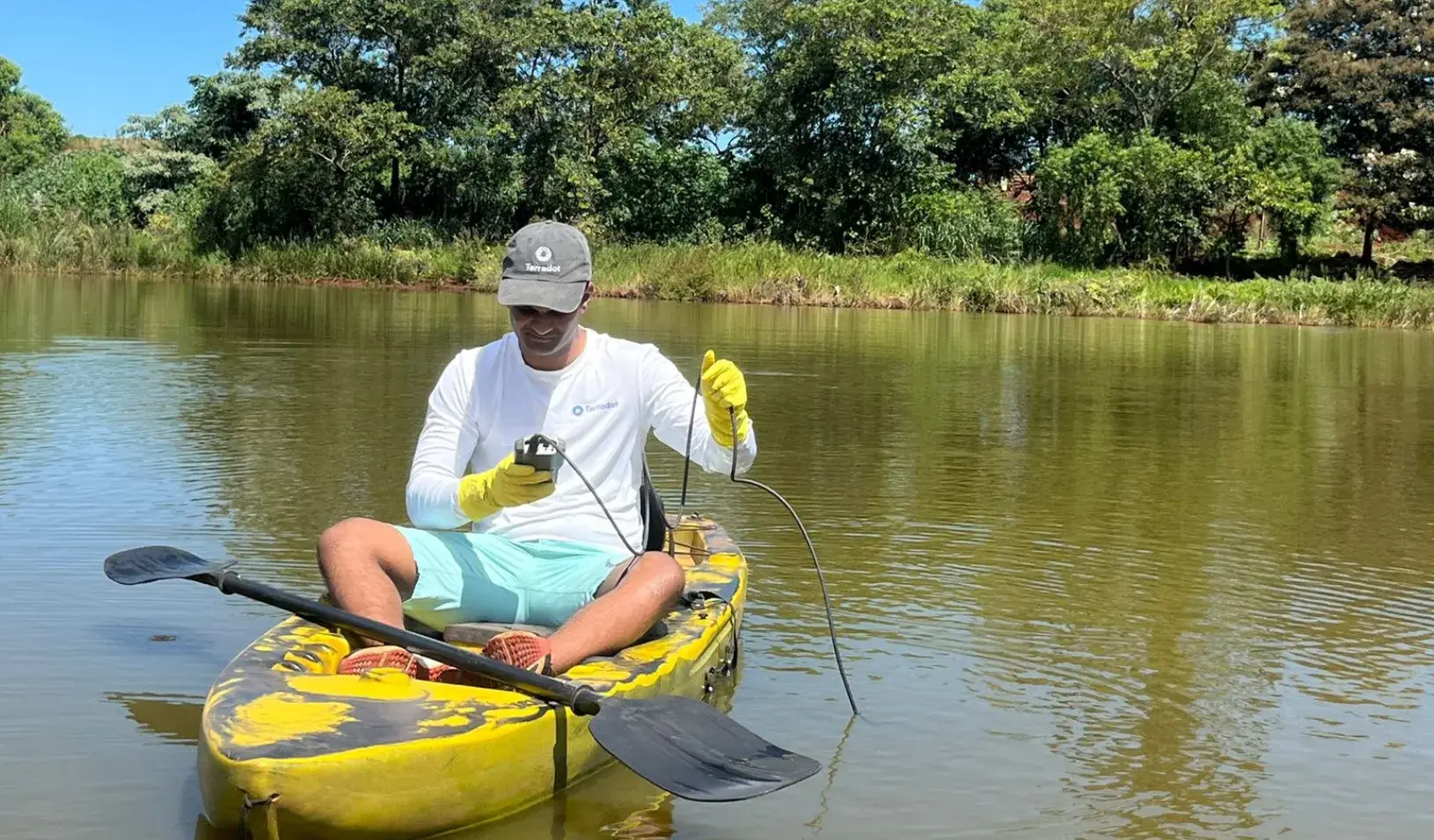Stanford University chemists have developed a practical, low-cost way to permanently remove atmospheric carbon dioxide, the main driver of global warming and climate change.
The new process uses heat to transform common minerals into materials that spontaneously pull carbon from the atmosphere and permanently sequester it. These reactive materials can be produced in conventional kilns, like those used to make cement.
“The Earth has an inexhaustible supply of minerals that are capable of removing CO2 from the atmosphere, but they just don’t react fast enough on their own to counteract human greenhouse gas emissions,” said Matthew Kanan, a professor of chemistry in the Stanford School of Humanities and Sciences and senior author of the Feb.19 study in Nature. “Our work solves this problem in a way that we think is uniquely scalable.”
Enhanced weathering
In nature, common minerals called silicates react with water and atmospheric CO2 to form stable bicarbonate ions and solid carbonate minerals – a process known as weathering. However, this reaction can take hundreds to thousands of years to complete. Since the 1990s, scientists have been searching for ways to make rocks absorb carbon dioxide more rapidly through enhanced weathering techniques.
Kanan and Stanford postdoctoral scholar Yuxuan Chen developed and demonstrated in their lab a new process for converting slow-weathering silicates into much more reactive minerals that capture and store atmospheric carbon quickly. A grant from the Sustainability Accelerator at the Stanford Doerr School of Sustainability is now supporting efforts to move the research into practical applications.

Olivine aérolie weathering naturally. | Renhour48 via Wikimedia
“We envisioned a new chemistry to activate the inert silicate minerals through a simple ion-exchange reaction,” said Chen, lead author of the study, who developed the technique while earning a chemistry PhD in Kanan’s lab. “We didn't expect that it would work as well as it does.”
Many experts say that preventing additional global warming will require both slashing the use of fossil fuels and permanently removing billions of tons of CO2 from the atmosphere. But technologies for carbon removal remain costly, energy-intensive, or both – and unproven at large scale. One of the technologies getting much interest and even early-stage investment lately is direct air capture, which uses panels of large fans to drive ambient air through chemical or other processes to remove CO2.
“Our process would require less than half the energy used by leading direct air capture technologies, and we think we can be very competitive from a cost point of view,” said Kanan, who is also a senior fellow at the Precourt Institute for Energy in the Stanford Doerr School of Sustainability.
Spontaneous carbonation
The new approach was inspired by a centuries-old technique for making cement.
Cement production begins by converting limestone to calcium oxide in a kiln heated to about 1,400 degrees Celsius. The calcium oxide is then mixed with sand to produce a key ingredient in cement.
The Stanford team used a similar process in their laboratory furnace, but instead of sand, they combined calcium oxide with another mineral containing magnesium and silicate ions. When heated, the two minerals swapped ions and transformed into magnesium oxide and calcium silicate – two alkaline minerals that react quickly with acidic CO2 in the air.
“The process acts as a multiplier,” Kanan said. “You take one reactive mineral, calcium oxide, and a magnesium silicate that is more or less inert, and you generate two reactive minerals.”
As a quick test of reactivity at room temperature, the calcium silicate and magnesium oxide were exposed to water and pure CO2. Within two hours, both materials completely transformed into new carbonate minerals with carbon from CO2 trapped inside.
Accelerating greenhouse gas removal
The researchers are working to scale up the results published in Nature as part of an effort by the Sustainability Accelerator to enable removal of billions of tons of greenhouse gases annually from Earth’s atmosphere by mid-century.
Learn more about how the Accelerator is speeding translation of Stanford research into technology and policy solutions to sustainability challenges.
For a more realistic test, wet samples of calcium silicate and magnesium oxide were exposed directly to air, which has a much lower concentration of CO2 than pure CO2 from a tank. In this experiment, the carbonation process took weeks to months to occur, still thousands of times faster than natural weathering.
The Stanford team says their approach can be used beyond the laboratory to capture CO2 at industrial scale.
“You can imagine spreading magnesium oxide and calcium silicate over large land areas to remove CO2 from ambient air,” Kanan said. “One exciting application that we’re testing now is adding them to agricultural soil. As they weather, the minerals transform into bicarbonates that can move through the soil and end up permanently stored in the ocean.”
Kanan said this approach could have co-benefits for farmers, who typically add calcium carbonate to soil to increase the pH if it's too low – a process called liming.
“Adding our product would eliminate the need for liming, since both mineral components are alkaline,” he explained. “In addition, as calcium silicate weathers, it releases silicon to the soil in a form that the plants can take up, which can improve crop yields and resilience. Ideally, farmers would pay for these minerals because they’re beneficial to farm productivity and the health of the soil – and as a bonus, there's the carbon removal.”
Cementing the future
Kanan’s lab can produce about 15 kilograms (about 33 pounds) of material a week. But trapping CO2 on the scale required to meaningfully affect global temperatures would require annual production of millions of tons of magnesium oxide and calcium silicate.
The researchers say the same kiln designs used to make cement could produce the needed materials using abundant magnesium silicates such as olivine or serpentine, which is found in California, the Balkans, and many other regions. These are also common leftover materials – or tailings – from mining.
In addition, as calcium silicate weathers, it releases silicon to the soil in a form that the plants can take up, which can improve crop yields and resilience.”Matthew KananProfessor of Chemistry
“Each year, more than 400 million tons of mine tailings with suitable silicates are generated worldwide, providing a potentially large source of raw material,” Chen said. “It’s estimated that there are more than 100,000 gigatons of olivine and serpentine reserves on Earth, enough to permanently remove far more CO2 than humans have ever emitted.” (A gigaton equals 1 billion metric tons, or about 1.1 billion tons.)
After accounting for emissions associated with burning natural gas or biofuel to power the kilns, the researchers estimate each ton of reactive material could remove one ton of carbon dioxide from the atmosphere. Scientists estimate global emissions of carbon dioxide from fossil fuels exceeded 37 billion tons in 2024.
Kanan is also collaborating with Jonathan Fan, associate professor of electrical engineering in the School of Engineering, to develop kilns that run on electricity instead of burning fossil fuels.
“Society has already figured out how to produce billions of tons of cement per year, and cement kilns run for decades,” Kanan said. “If we use those learnings and designs, there is a clear path for how to go from lab discovery to carbon removal on a meaningful scale.”
For more information
Matthew Kanan is also director of Stanford’s TomKat Center for Sustainable Energy. Yuxuan Chen is a postdoctoral scholar in materials science and engineering in the School of Engineering. This work was supported by the Stanford Sustainability Accelerator, Stanford Woods Institute for the Environment, Office of Naval Research, and National Science Foundation.
Media contacts
Matthew Kanan, Chemistry: (650) 725-3451, mkanan@stanford.edu
Mark Golden, Precourt Institute for Energy: (650) 724-1629, mark.golden@stanford.edu


